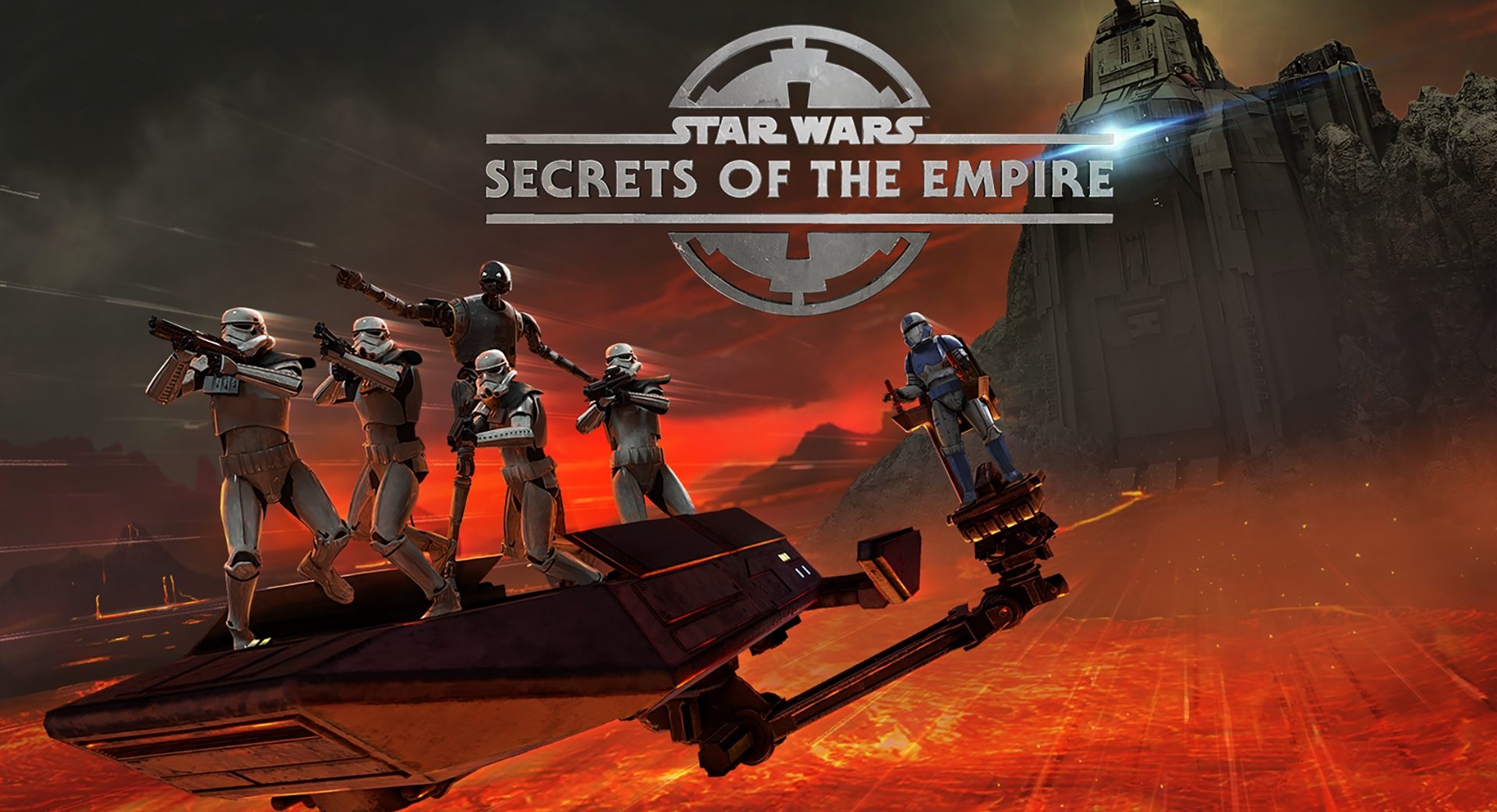
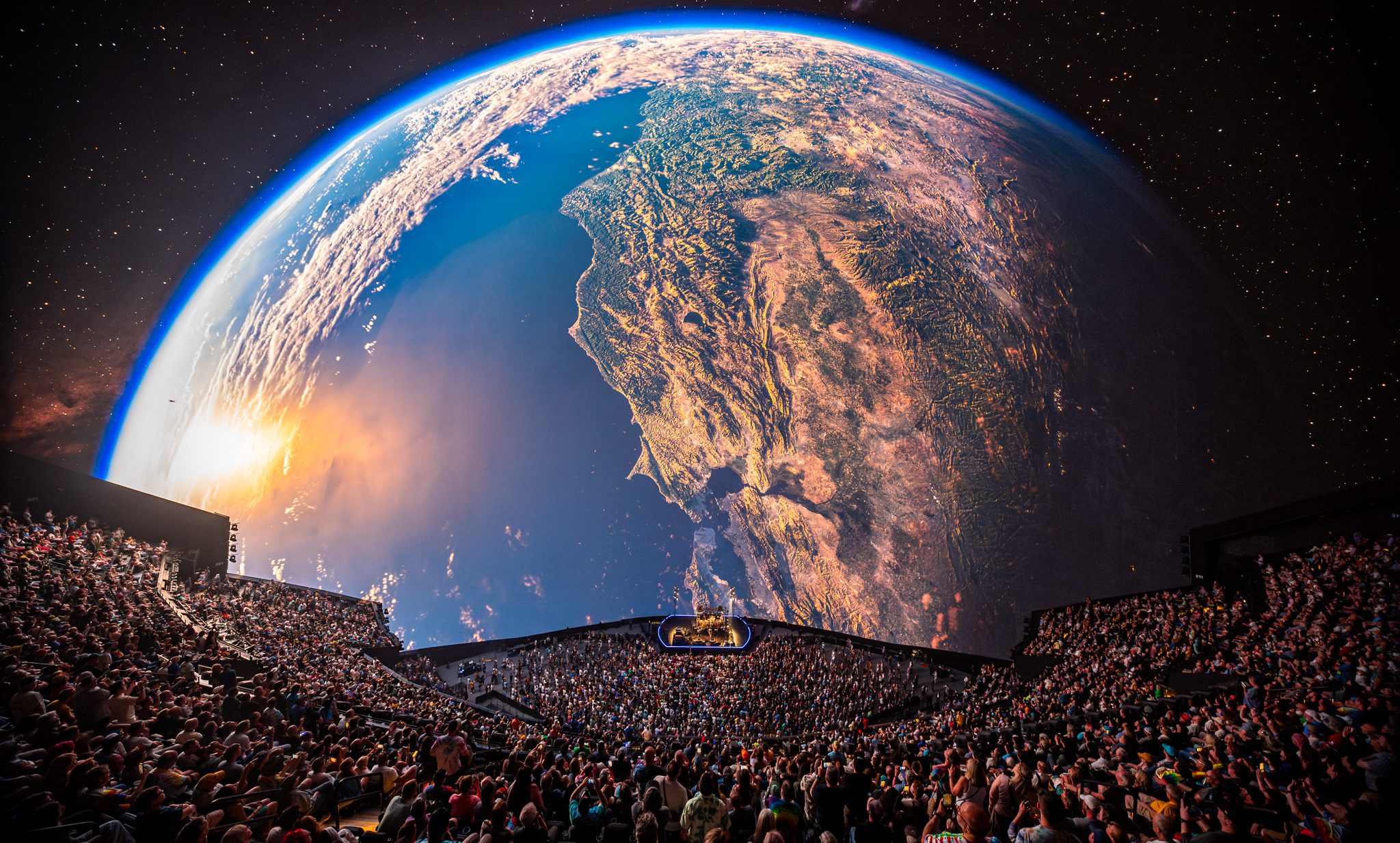


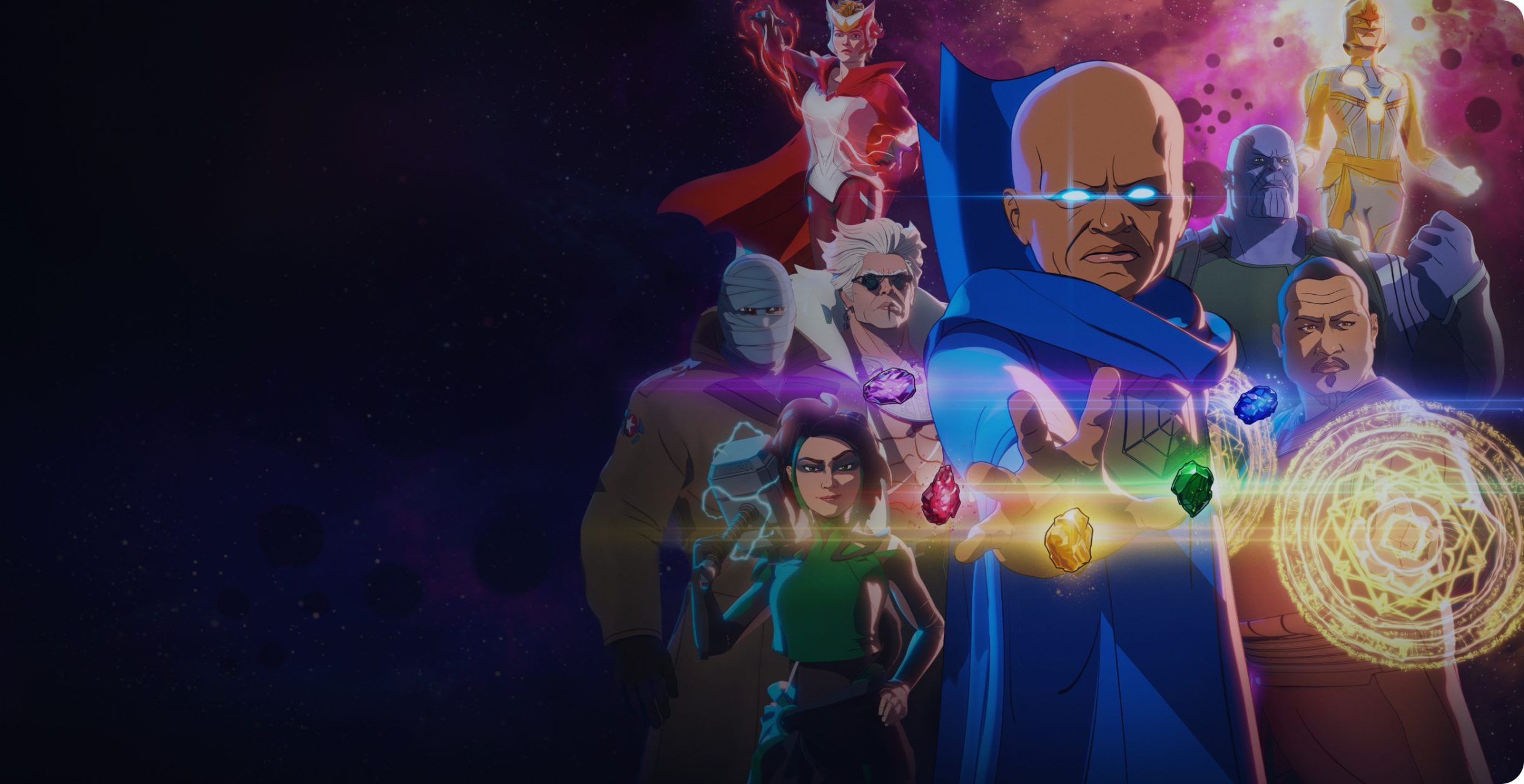
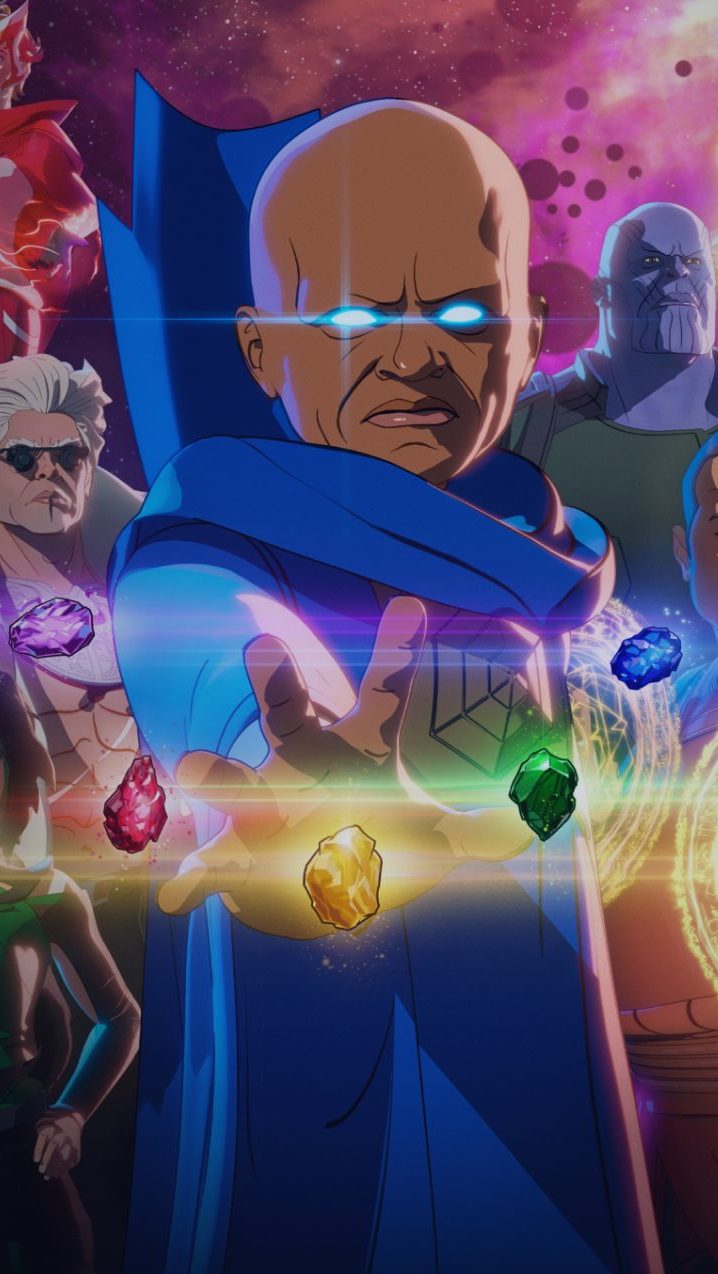
What If…You Were Chosen? Step into the Multiverse and harness the power of the Infinity Stones in a reality-bending interactive story from Marvel Studios, ILM, and Disney+.
Postcard from Earth is the first immersive production made for MSG Sphere, the state-of-the-art sphere-shaped venue that opened in Las Vegas. Director Darren Aronofsky created, directed, and produced the film which was captured on a bespoke camera system called ‘Big Sky’, a single-lens camera with a 316-megapixel, 3-inch x 3-inch HDR image sensor that can capture 18Kx18K images up to 120 frames per second.
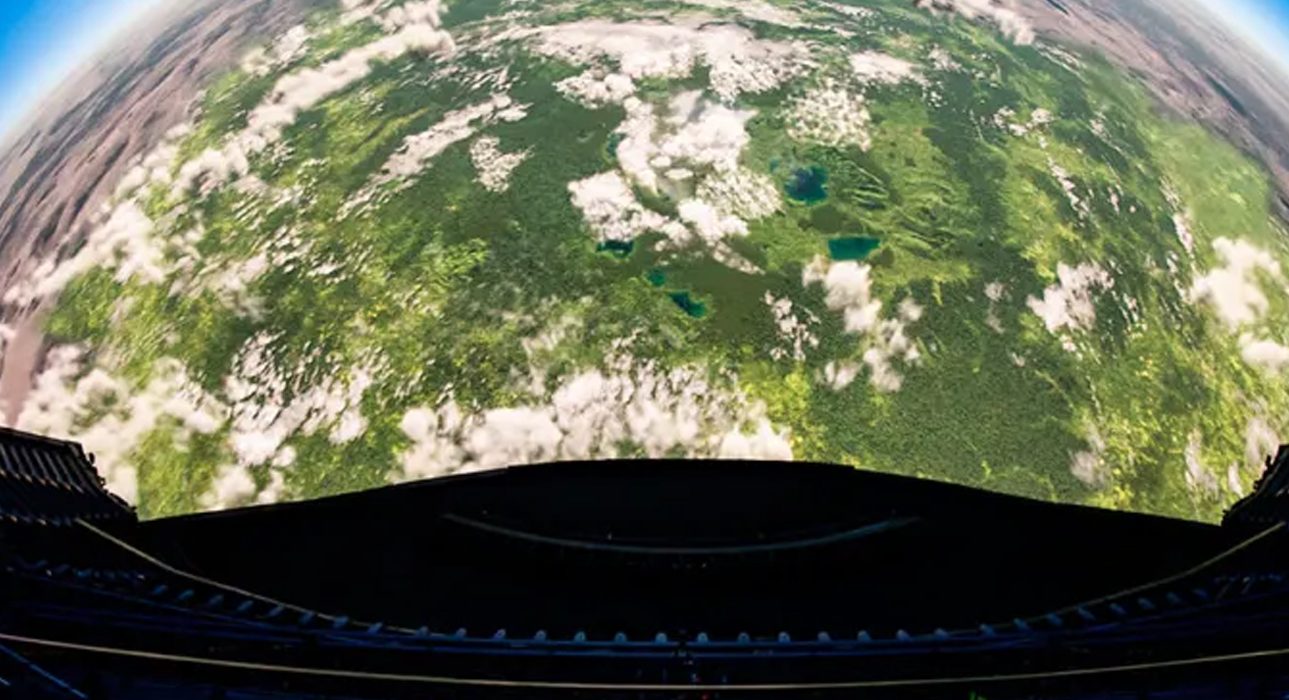
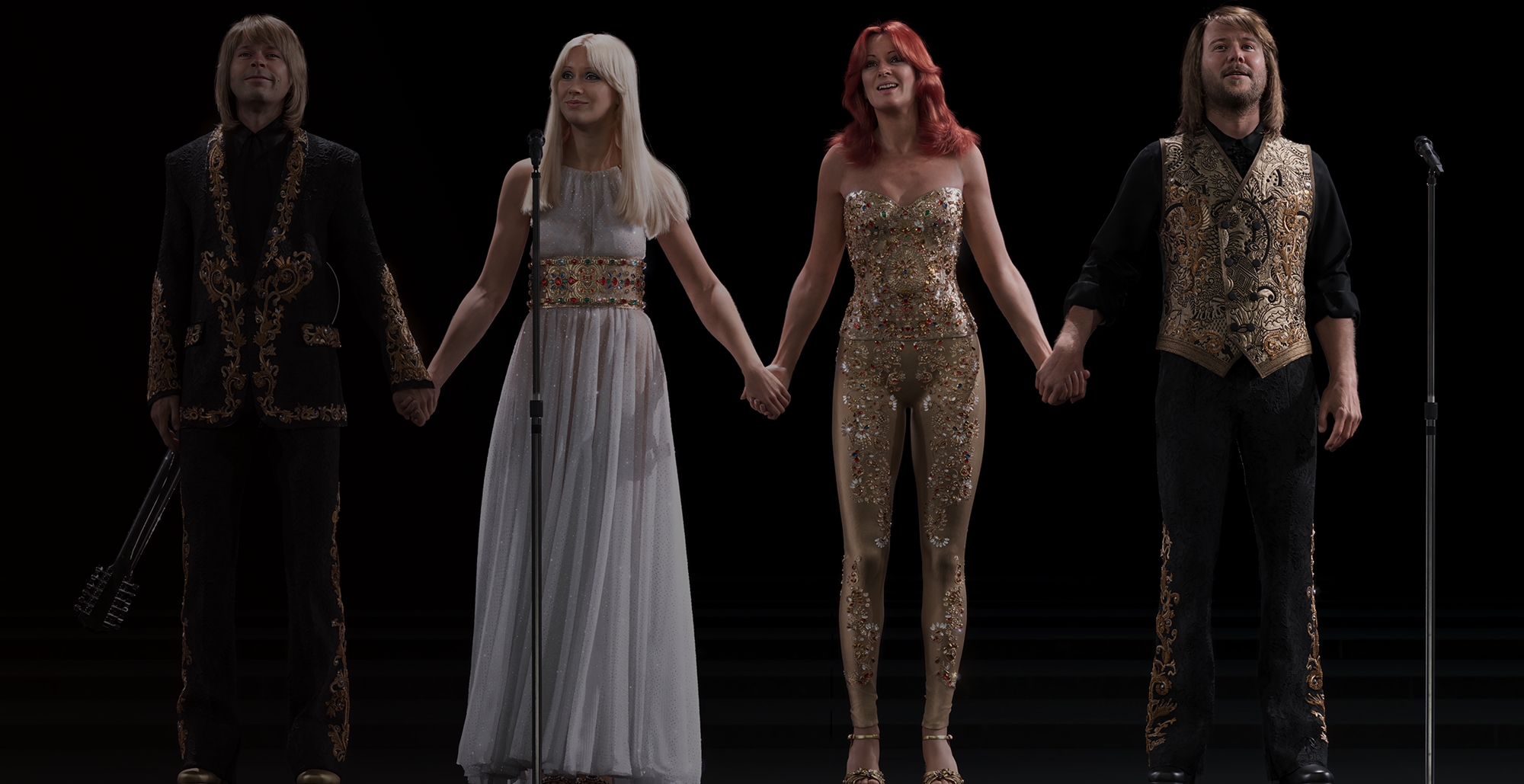
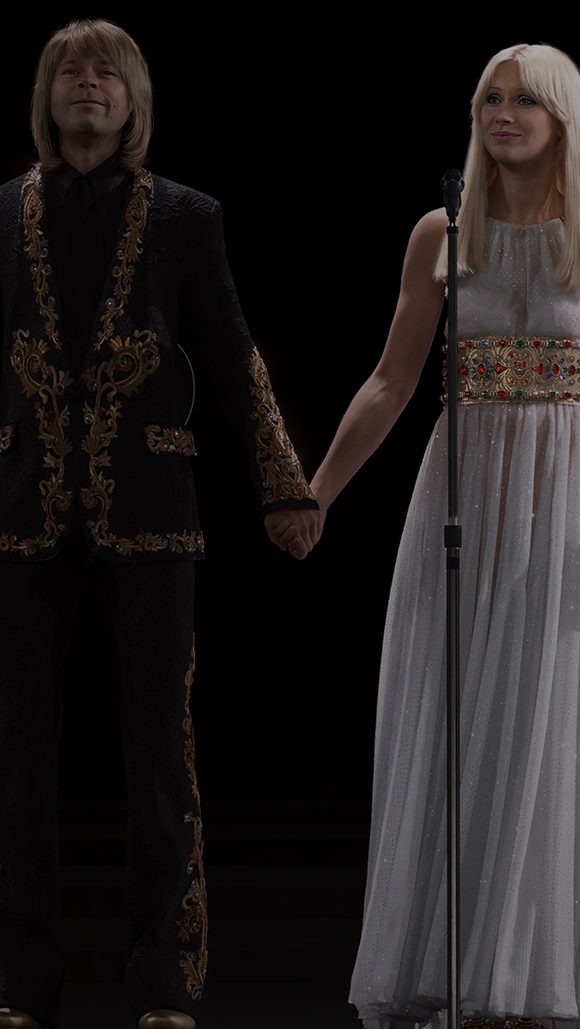
ABBA Voyage is a revolutionary new concert that will see ABBA—Agnetha, Bjorn, Benny, and Anni-Frid—performing digitally a live 10-piece band in a purpose-built 3,000 capacity arena at Queen Elizabeth Olympic Park in London.
Stepping in front of a TVA timedoor, fans at D23 were able to directly interact and speak with Rocket Raccoon as he answers their most burning questions. The experience was brought to life through the innovative collaboration between Marvel Studios, Disney’s StudioLab, and ILM, where markerless mocap actors were able to control a high-fidelity photoreal render of Rocket in real-time.
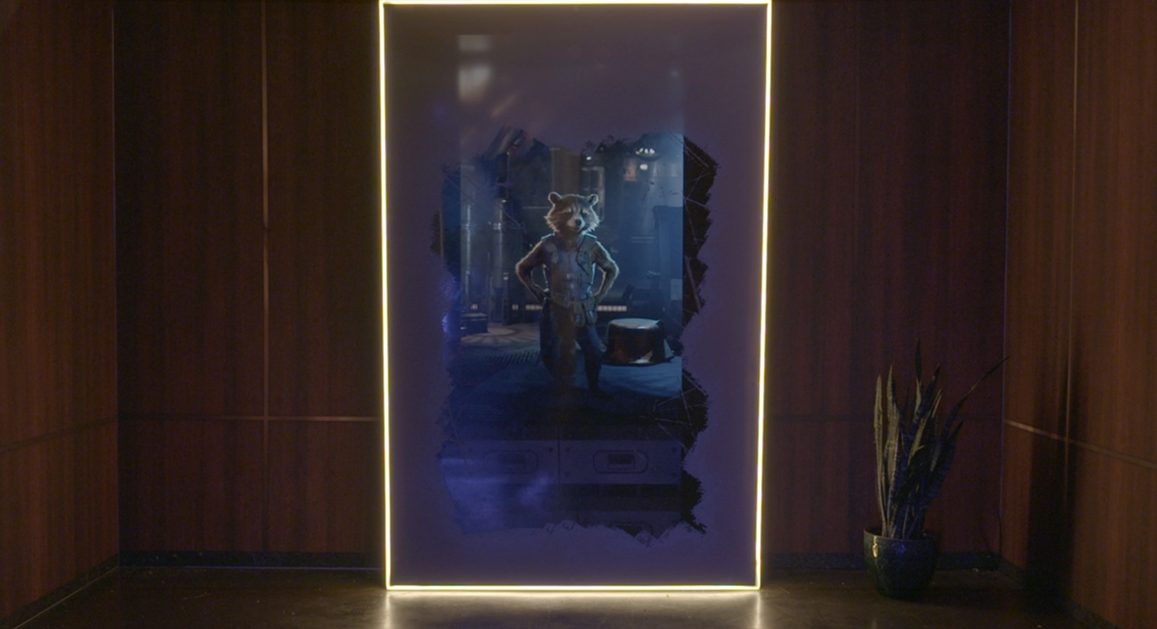
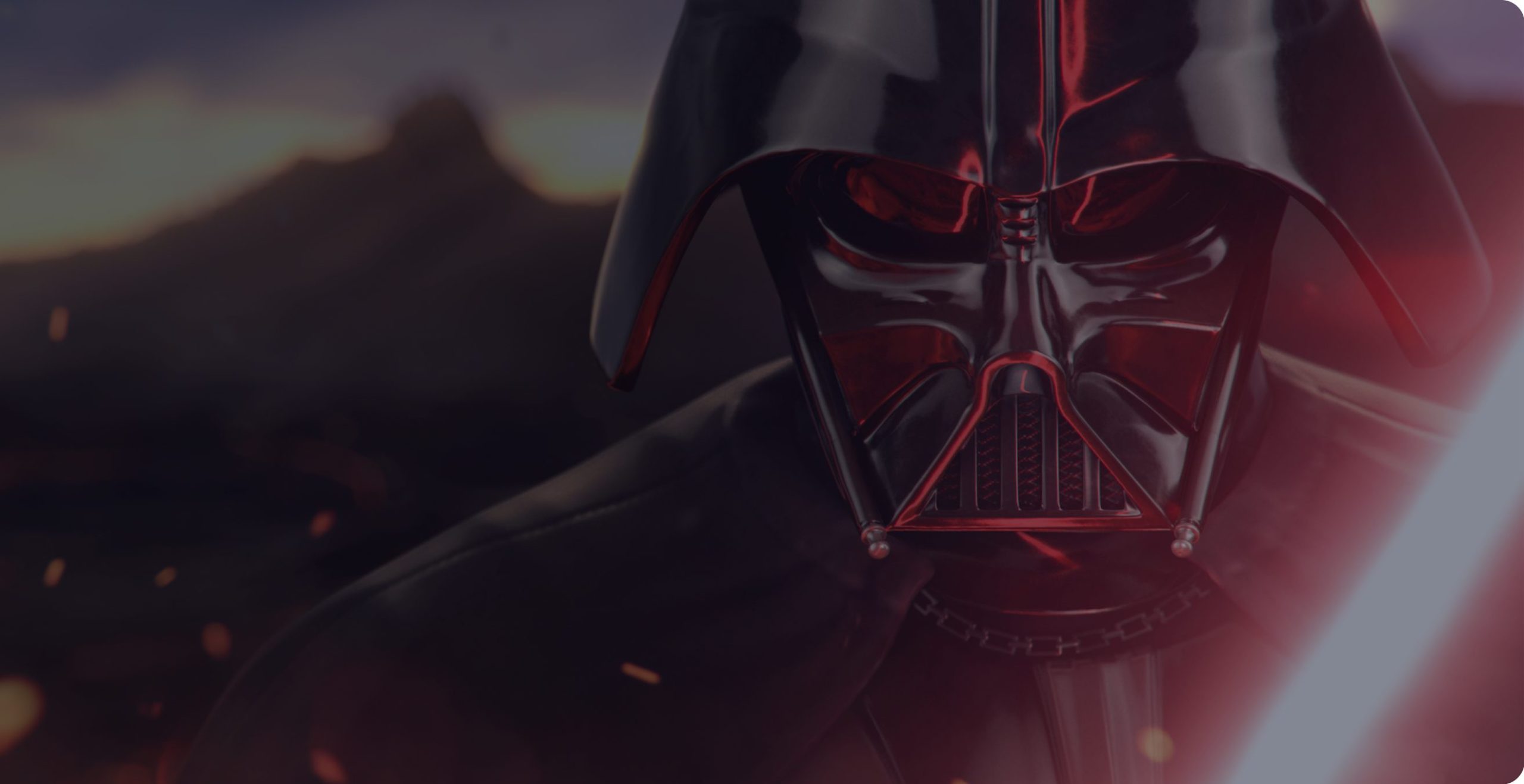
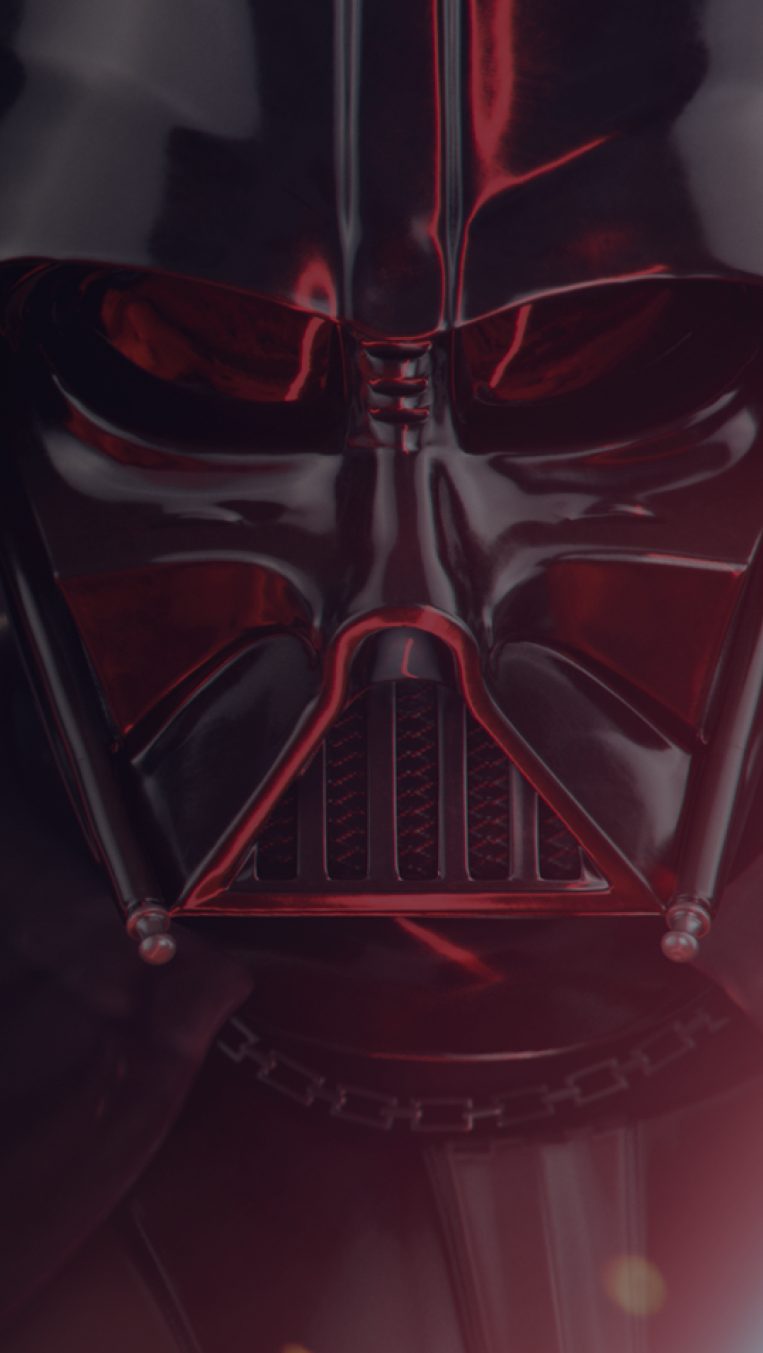
Step into a galaxy far, far away and experience this thrilling three-part series in virtual reality. Descend into Darth Vader’s mysterious fortress alongside new allies and encounter fearsome enemies, including the Sith Lord himself.
ILM leveraged every ounce of its artists' vast expertise in creating fully CG photoreal environments to generate terabytes of media at an eye-watering 16Kx16K resolution to fill Sphere’s 580,000 square feet of LEDs. The team also delivered multiple loopable segments at varying lengths that could be sequenced at random to suit U2’s desired performance—all timed in service of telling a story like no other and enabling the band to, once again, push the boundaries of what a live performance can be.
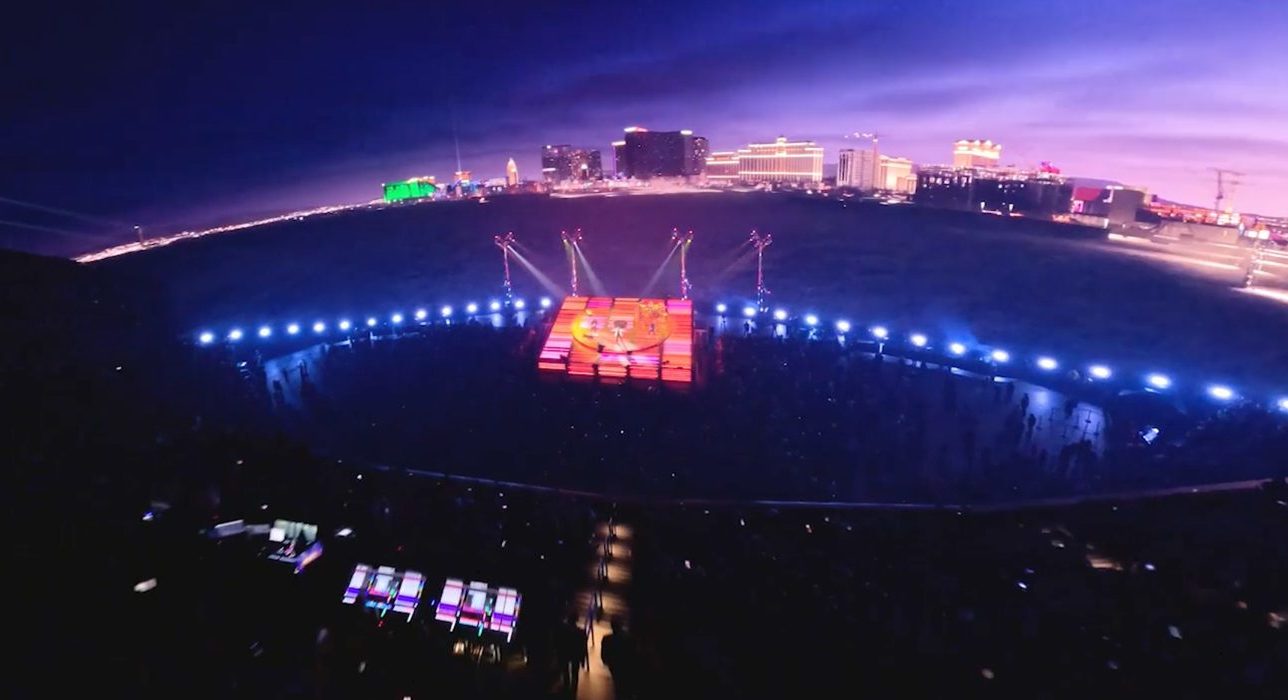
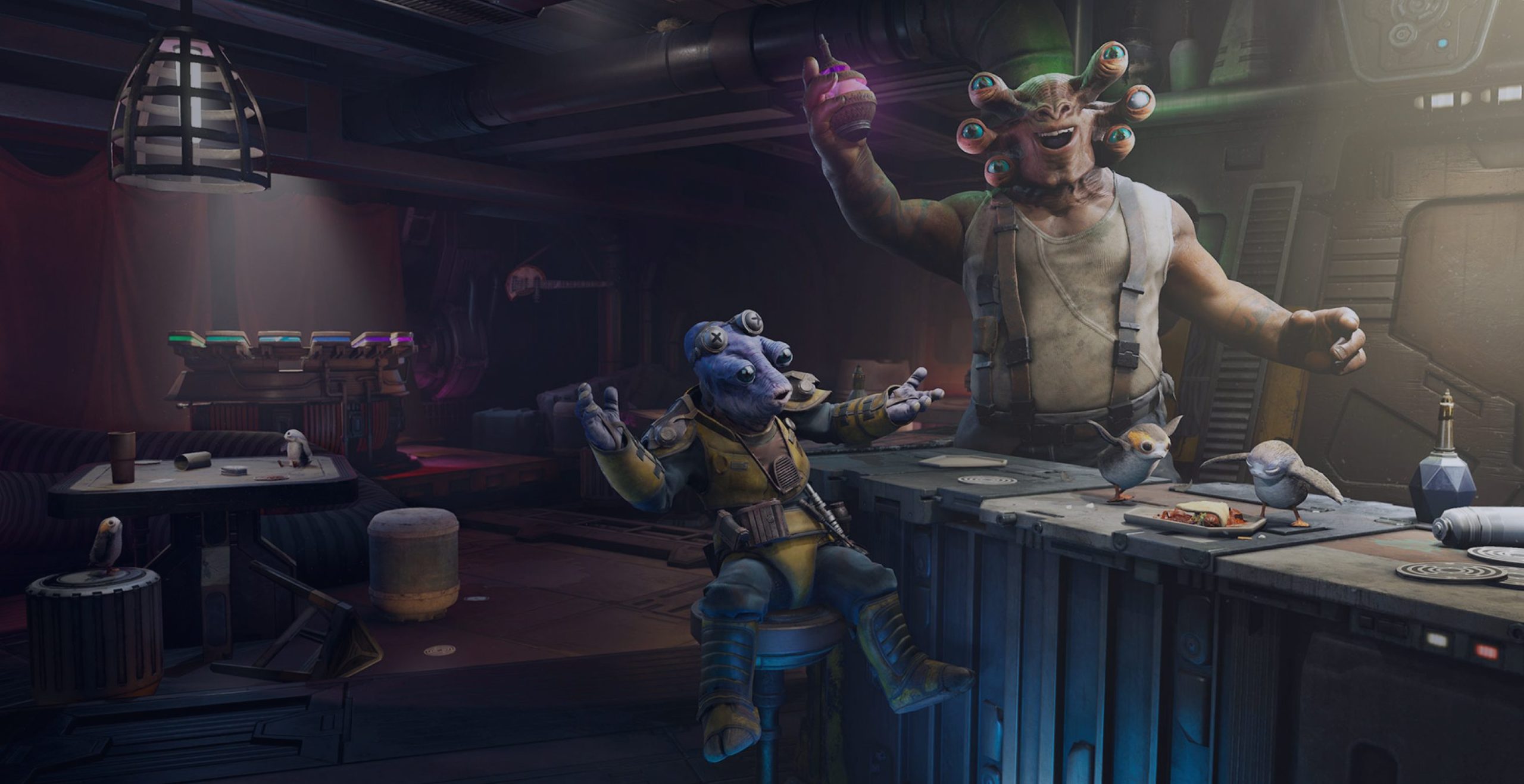
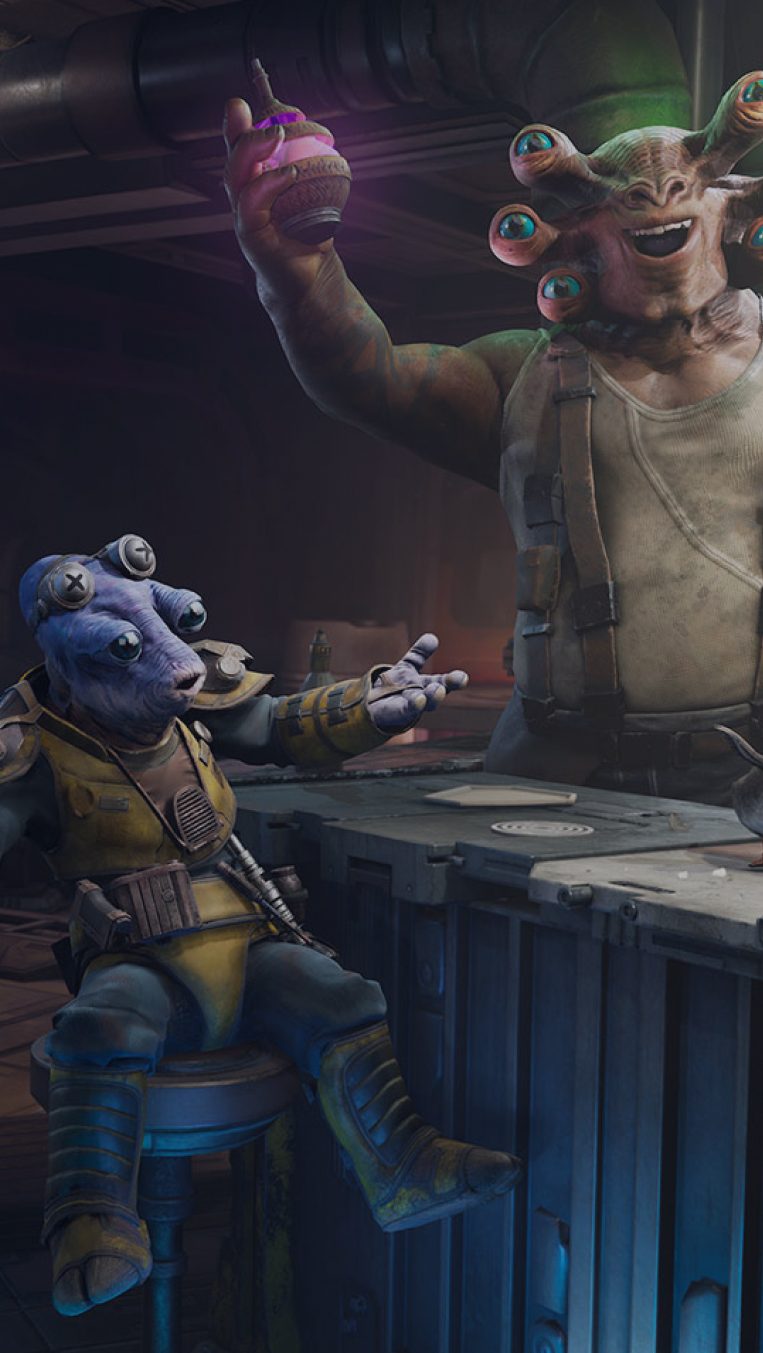
Play as a droid repair technician who gets swept up into a grand adventure when you crash land on the planet Batuu following an attack by the Guavian Death Gang, proving that anyone can become a hero.
Academy Award®-winning director Alejandro G. Iñárritu’s conceptual virtual reality installation CARNE y ARENA (Virtually present, Physically invisible) explores the human condition of immigrants and refugees.
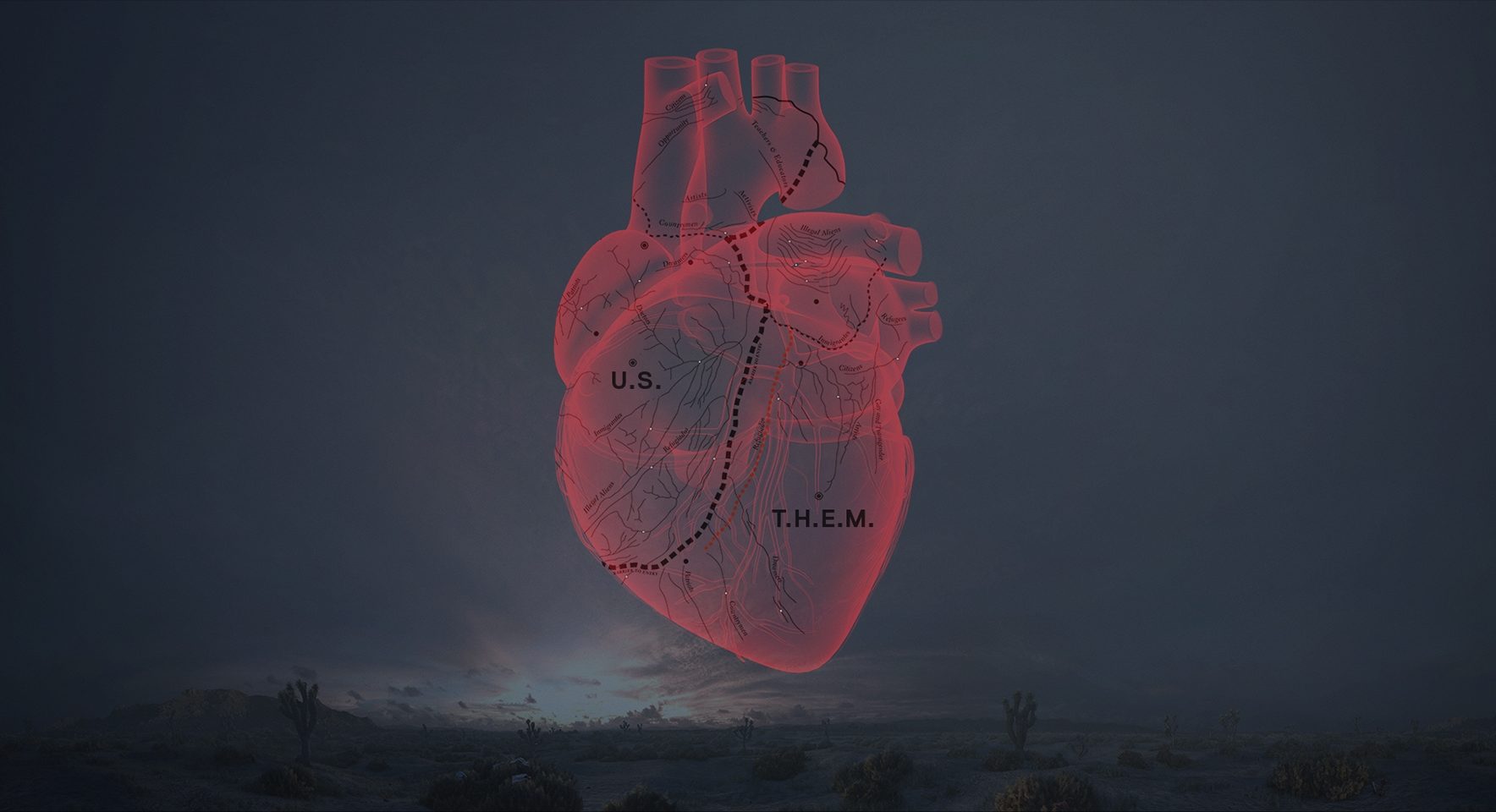
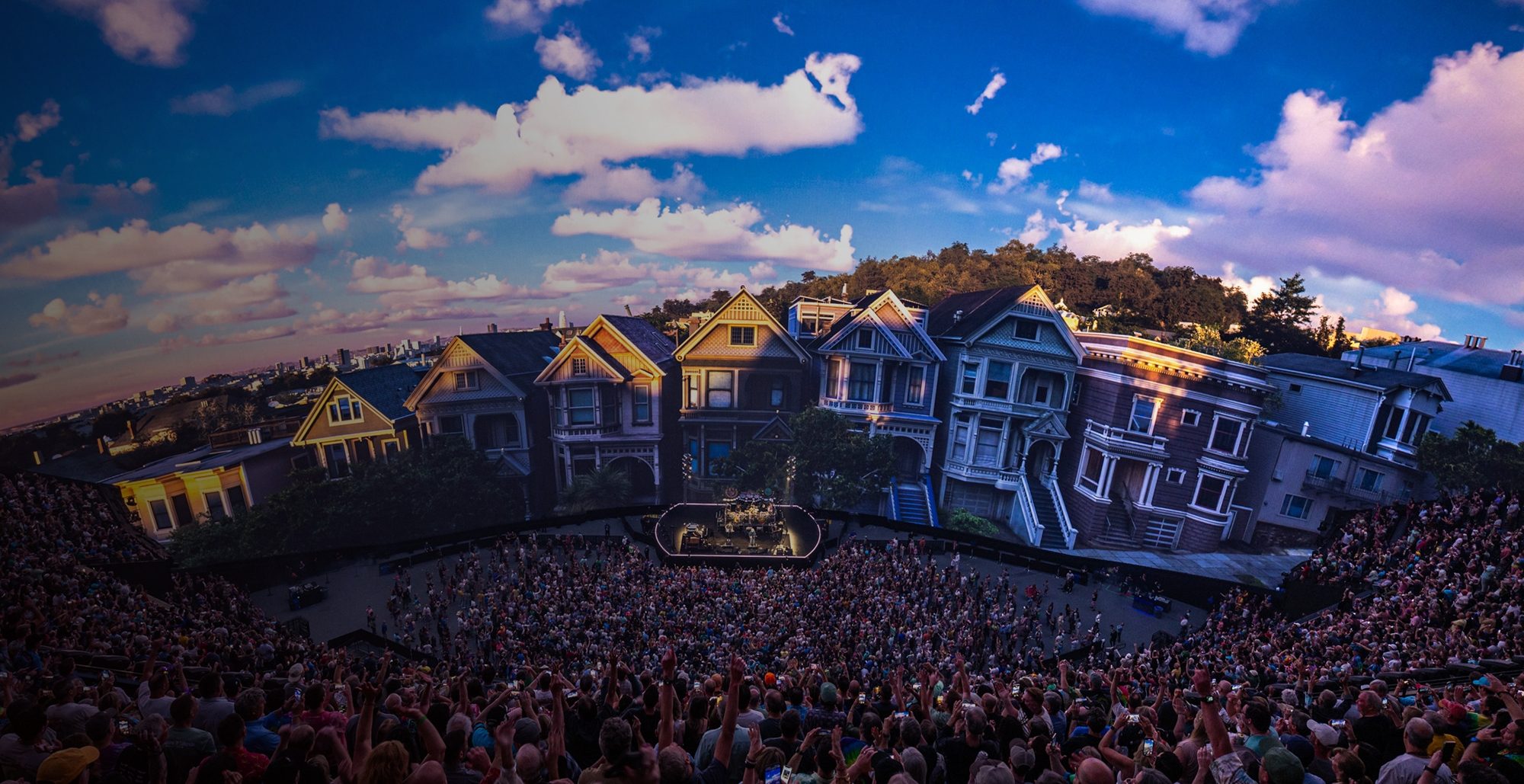
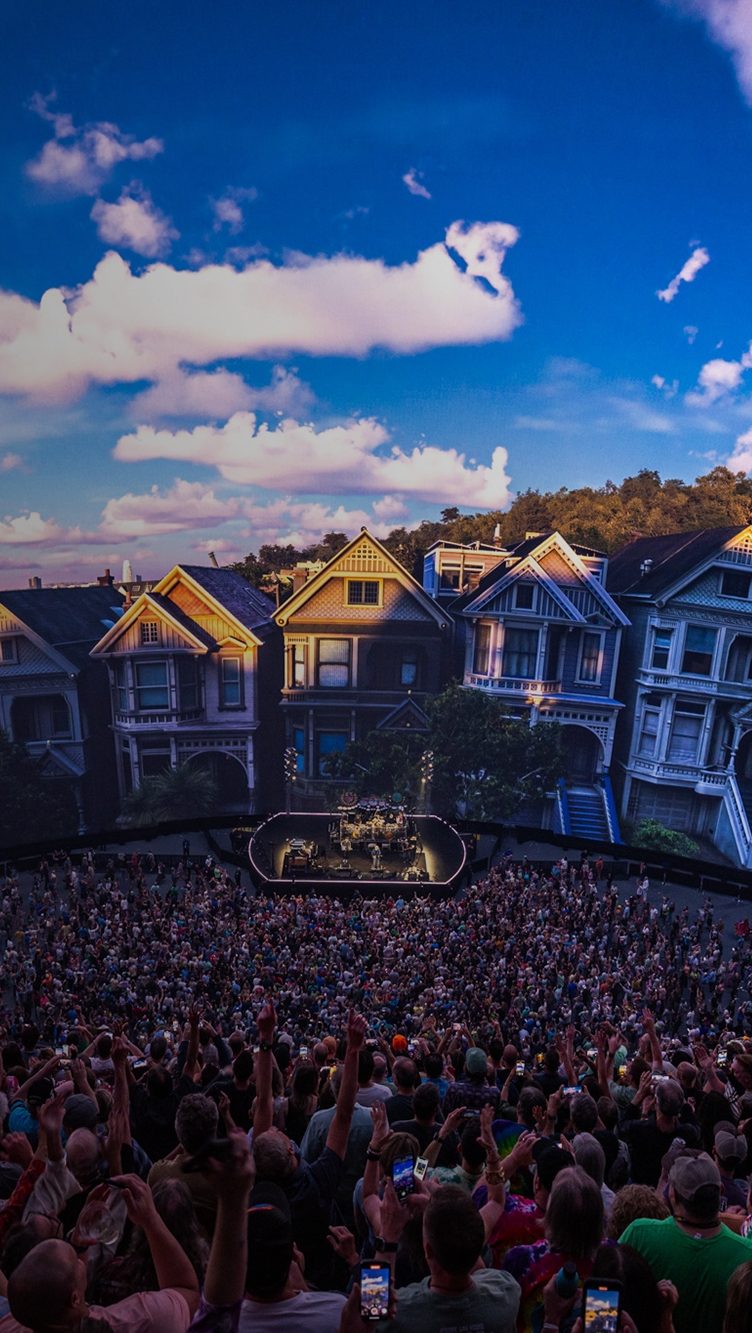
Dead & Company’s 30-show residency at Sphere instantly became a must-see event celebrating the Grateful Dead’s unparalleled legacy, combining their songbook with cutting-edge technology for an immersive experience.
Avengers: Damage Control takes players to a Wakandan Outreach Center, where Shuri (Letitia Wright) is testing her latest invention: Emergency Response Suits, which are a blend of Wakandan and Stark Industries technology.
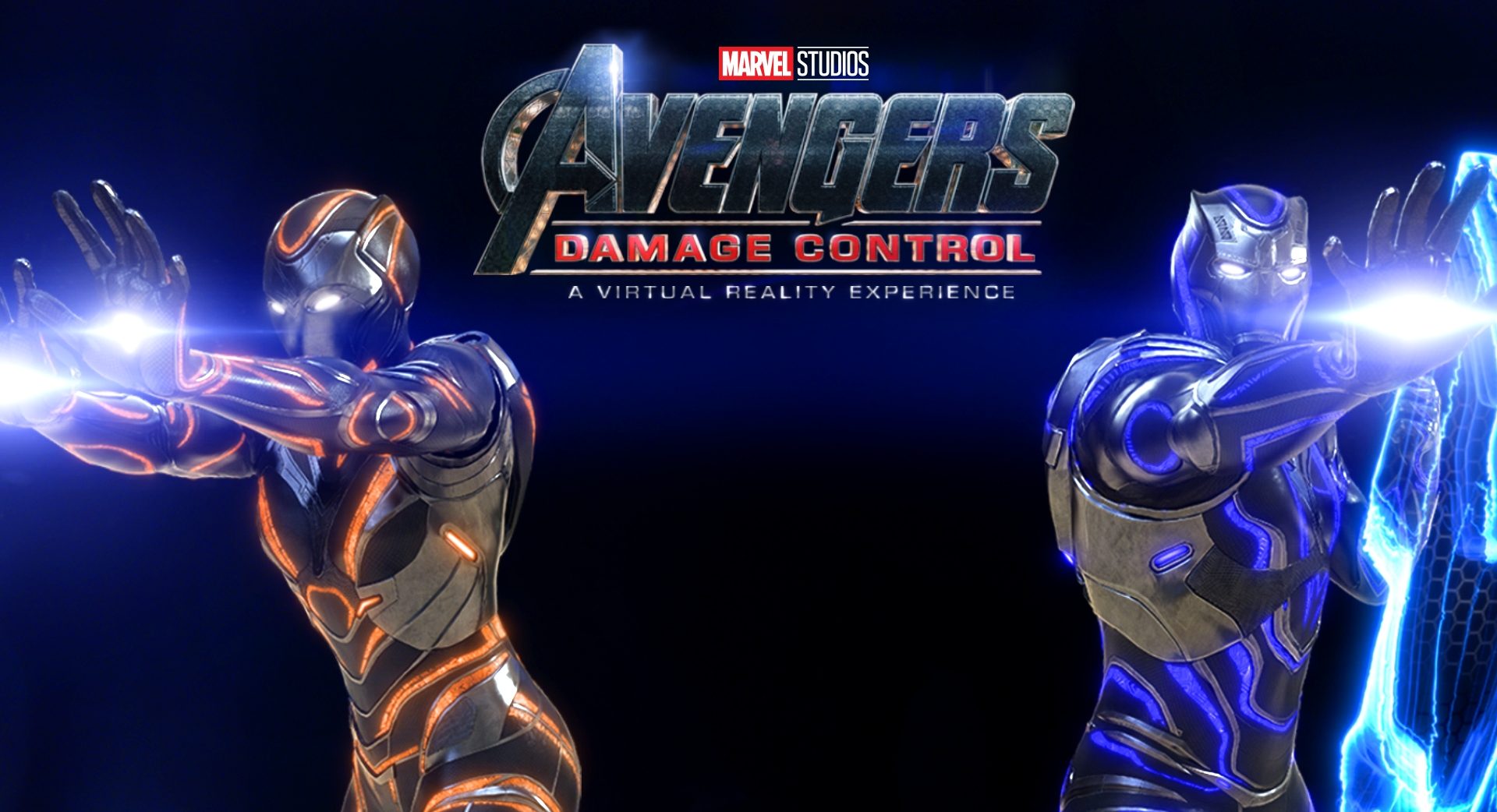
Pushing the boundaries of location-based virtual reality, experience the Star Wars universe through a multi-sensory, untethered story. You and your team will travel to the molten planet of Mustafar to recover Imperial intelligence vital to the rebellion’s survival.
